On the morning you wake (to the end of the world) is one of the best VR pieces in the Sundance New Frontier 2022 lineup. We caught up with lead artist and activist Jamaica Heolimeleikalani Osorio to discuss the significance of the event this story is about and the need to take a stand to change things.
When I look at the lineup of some immersive festival, there’s always one, sometimes two works that immediately draw me in: I read the synopsis and I’m hooked before I even watch them. At Sundance New Frontier 2022 this happened to me with two specific pieces – for very different reasons: Flat Earth VR (joining a flat-Earth astronaut going into space to prove their theories? Let’s do that sometime like… now) and On the Morning You Wake (to the end of the world), a VR story that “allows the public to experience the alarming events of January 13, 2018 in Hawai’i” with the first chapter opening on the text message the entire population mistakenly received from the state Emergency Management Agency that read “BALLISTIC MISSILE THREAT INBOUND TO HAWAI’I. SEEK IMMEDIATELY FOR REPAIR. THIS IS NOT A DRILL”.
I knew nothing about this event and, to be honest, I know very little about anything Hawai’i-related. Am I a little ashamed? Yes, I am. Especially now that I understand a bit more about what this event really signifies, politically and culturally.
At that moment, however, what I did was simply to ask Google about it. And let me tell you, the things you find out? They make you ask yourself some serious questions and open serious discussions with the people around you. And they certainly made me even more eager to experience On the morning you wake as soon as Sundance started, to get an “inside” perspective.
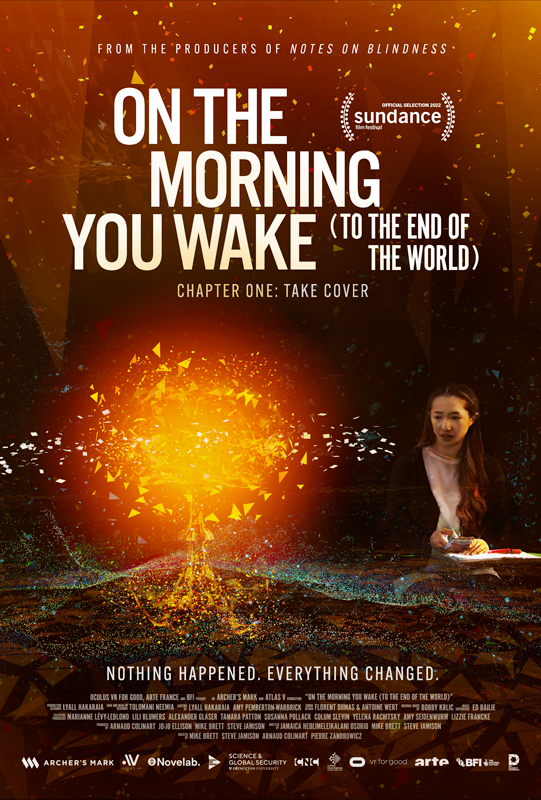
So, let’s start with this: the piece itself is beautiful. It is an emotional, poetic and evocative journey into what it means to wake up one day, with the sun rising “beautiful and ominous“, and have to face a situation for which no one – not even your government – has ever prepared you.
During the piece, several people who were interviewed for it share their feelings about those moments in voiceovers that accompany a succession of memories, one more powerful than the other. To see the Princeton nuclear technology student receive, on that day, dramatic messages from her friends and family still in Hawai’i, asking her for help in understanding what was about to happen… to see her unable to respond because she knows what a missile could mean… to see her come to the realization that nuclear power is no longer about technology, because it is now about her land and her people: all of this is frankly devastating. And that’s just a small part of what this work has to say.
That’s why, when you take your headphones off, those words you heard at the beginning – “beautiful and ominous” – come back to haunt you. This piece really reflects them: it’s beautiful in its deep human soul, in the way it looks at humanity, in the compassion you can feel vibrating from it, in how it touches you inside. But it’s also ominous because it makes you realize that there’s so much more behind an event like this that you’ve never taken the time to discover. And you want to discover it now, before your window to act, to take a stand and do something disappears in front of you.

It was this feeling that prompted me to contact Dr Jamaica Heolimeleikalani Osorio, the lead artist and writer of the piece, but also an activist, scholar and storyteller. On her page in the Department of Political Science, College of Social Sciences, UH Mānoa, she mentions a word, kuleana, which caught my attention and which I asked her about in our interview: “it’s both responsibility and privilege […] You don’t have rights without responsibilities, and this is encompassed in that word: kuleana”.
In a way, that’s what On the morning you wait asks of us – responsibility. And the main reason why this piece could be so relevant not just for the VR community, but for all of us out there.
On the morning you wake: a story of discovery and understanding
J. H. O. – I’m incredibly happy to have been involved in this project but before it – and probably still now – I knew almost nothing about VR. I’d never joined a VR project before and I’d never put on a headset. I’m a writer. I’m a storyteller. A poet, a musician, a performer. And I’ve been an activist for a long time. The work I do usually encompasses some form of storytelling and art and it is focused on a specific problem and how we can solve it. So, the truth is that when I was first approached to work on this project? I was completely unresponsive. I didn’t understand what they were doing and I didn’t know them.
We are so used, as native people in Hawai’i, to have our stories extracted, and then used for someone else’s purpose. We often become a cultural effect, a decoration to deepen other people’s experience! That’s why I wasn’t interested at first.

But Mike (Brett) and Steve (Jamison) just kept trying – and now I’m really glad they did. They even started reaching out to people they had worked with on other projects who might know me and who started emailing me about this one… (laughs) …And so, eventually I responded.
We had a conversation about On the morning you wake and they explained to me they had received funding to create an impact campaign on ending the nuclear threat. They had heard about me through a short interview I did for NPR National Public Radio and wanted to interview me and have me write a poem for the piece.
The nuclear threat is certainly a relevant topic and theirs was a wonderful idea, but as a native scholar and activist who lives in the Pacific, my experience with the conversation around nuclear is that it has largely obliterated the experience of many of us, who have been directly affected by US and Western imperialism and militarism for decades.
So, when we started the project, I wrote this really honest and direct poem about the violence of militarism. And sure, it talks a bit about the nuclear threat, but what it’s really about is colonialism and imperialism, because for me those are the underlying issues and if we don’t address them, we miss the root of the problem.
At the time, I wasn’t familiar with Archer’s Mark and Atlas V, so I didn’t think they would use it and I was fine with that. But to my surprise, Mike and Steve were inspired by my words and we ended up having wonderful conversations about the role poetry would play in this piece and its development. It became a thread that ran through the entirety of the project. The rhythm of the poem, the approach it took… I think it changed the way they thought about the story they wanted to tell.

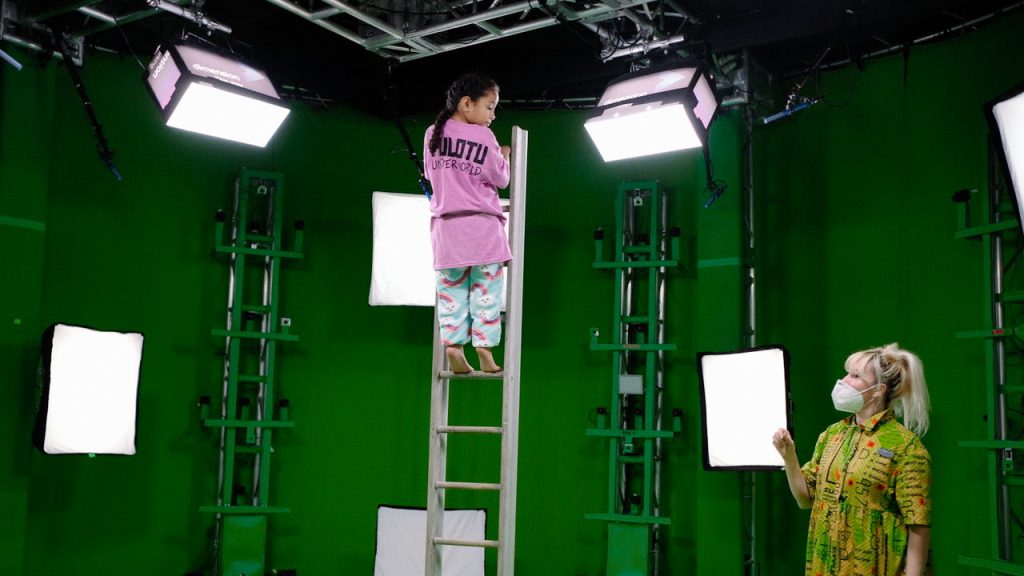
VR at the crossroads between empathy and responsibility
J. H. O. – We connected this vision to an urgent, visceral experience that so many people had in Hawai’i in January 2018, and this choice aligned with the kind of work I try to do. I’m really interested, as a poet and as a scholar, in the idea of making people uncomfortable – because I believe that discomfort makes us try to make a change. When we’re comfortable, we don’t change. But I also believe in the power of calling people back to their humanity.
The beauty of VR and these kinds of experiences is that you may not know anything about Hawai’i or that missile warning, but you’re still put at the centre of it all. On the one hand, that’s really important if you want to build empathy – even just watching kids climbing down manhole covers because they think it’s the only way to survive is painful. On the other hand – and this is something I find very relevant from my point of view as a political scientist – we all need to see ourselves at the centre of an event like this, so we can understand that we are all implicated in it. We’re all allowing these situations to continue on – an expression I’ve chosen as the title of my poem. We’re all responsible for this arrogant push for progress that makes us think that the only way to live in this world is through domination and silencing and erasing natives and people of colour.
This VR experience really works on both: empathy but also responsibility. We can’t deny that we’re connected to this story now, right? We’re in it! So the question is – and (spoiler alert!) it will come up in chapters two and three – “What are you going to do about it?”. It’s like Thomas King says in his book The Truth About Stories: now that you’ve heard the story, you can’t say you haven’t heard the story. Now you have to do something about it.
So, chapter one will attract people, but it will be chapters two and three that will inspire people to make big and small changes, which is what we need to do and what I want from this piece.
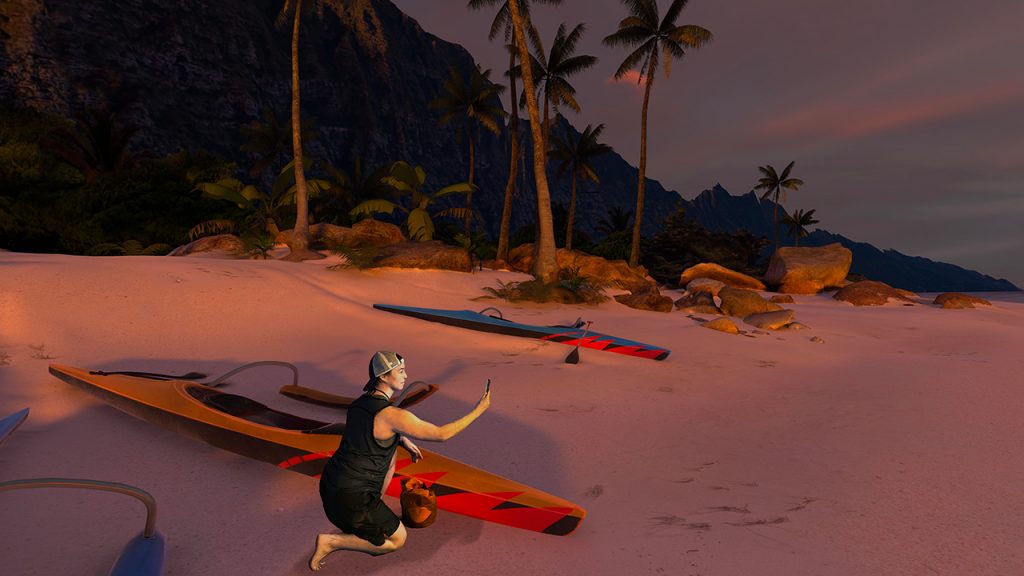
Leave aside statistics, bring in stories: the role of storytellers and artists
J. H. O. – Recently, I’ve been thinking a lot about this piece that Julian Aguan, a Chamorro human-rights lawyer and writer based in Guam, wrote for The Atlantic, where he basically says: enough with the statistics about climate change. We don’t need that, we need your stories.
I think that is the role of storytellers. It doesn’t matter if you’re a musician, a poet, a short story writer… your job is to make people feel, to create a resonance between you and someone you may have nothing in common with. Because it is in that resonance that we are both pulled back into our humanity.
This is the biggest problem of the society we live in: disconnection and the normalisation of disconnection. Even before COVID and Zoom… In this society dominated by American values, what we ask ourselves is how we can compartmentalise our lives outside of their impact and connection with others, so that we can justify any behaviour we want to have. But I come from a culture where our values couldn’t be more different than that, as a Native Hawaiian i know that all my choices and how I move through the world not only impact my family, but impact every person my family loves, and every person who loves the land I live in, both past, present and future.
I think about the way storytellers constantly break this disconnection, making people want to immerse themselves in the stories and connect with them in some way. This is the magic trick that, as an artist, you are constantly pursuing.
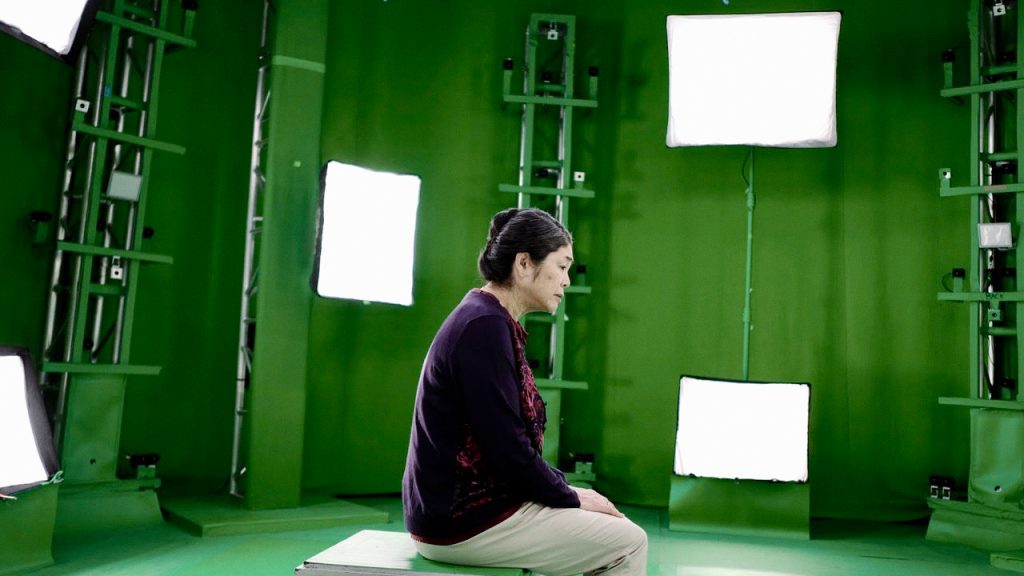
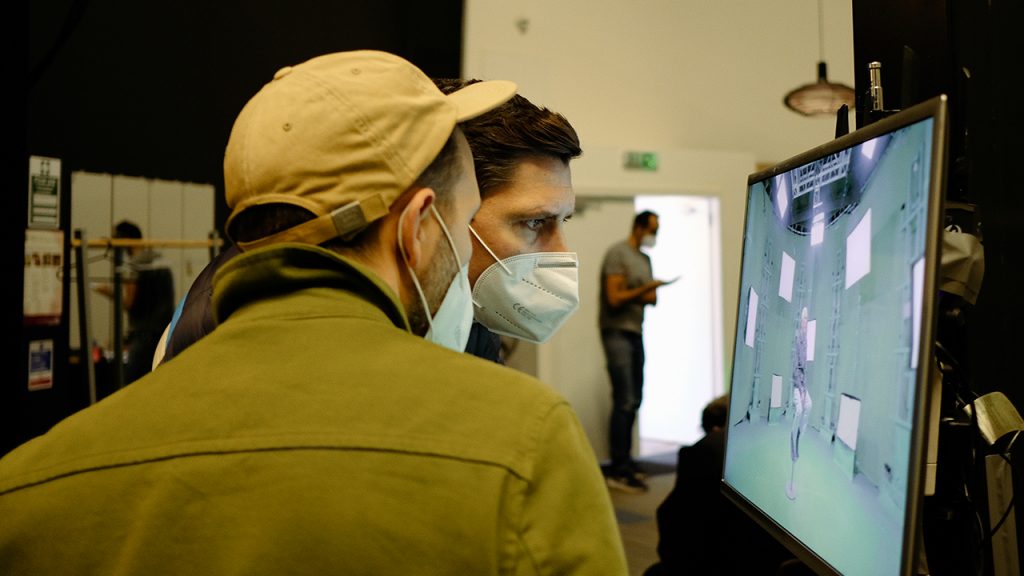
The importance of accessibility to foster awareness
J. H. O. – The success of a project like this can be measured in the people who see it and realize how much more there is to learn, and actually try to learn more about it. That’s what we want.
So, the first chapter was just released at Sundance but two more are coming soon. We’re also having some conversations about finding a place where the experience can live permanently in Hawai’i, whether it’s in a museum or a school. The details haven’t been finalised yet, but it’s something I’d be really interested in.
As someone who’s not in the VR world, I wonder how we can make pieces like this accessible. There are so many barriers that prevent people from seeing the project, but we need to find creative ways to address this lack of access, because it’s an important work and I want it to be experienced.



Leave a Reply
You must be logged in to post a comment.